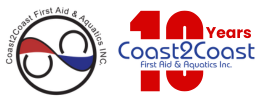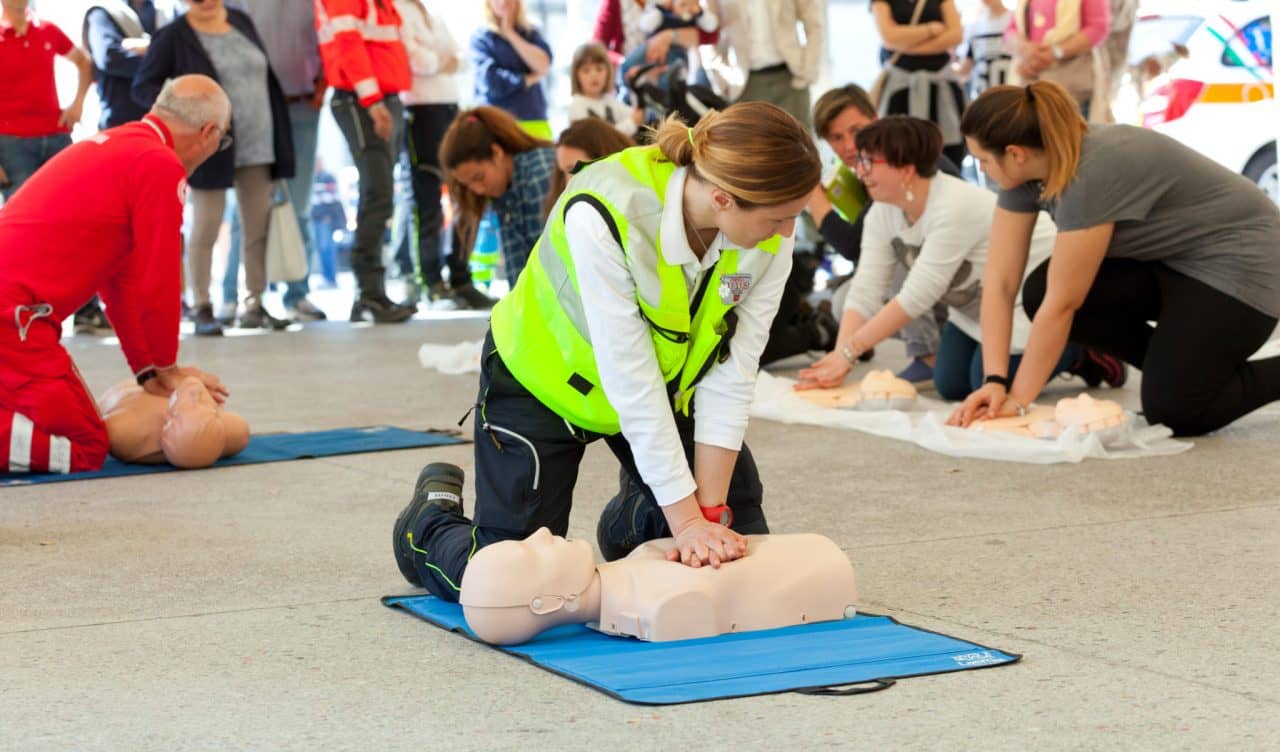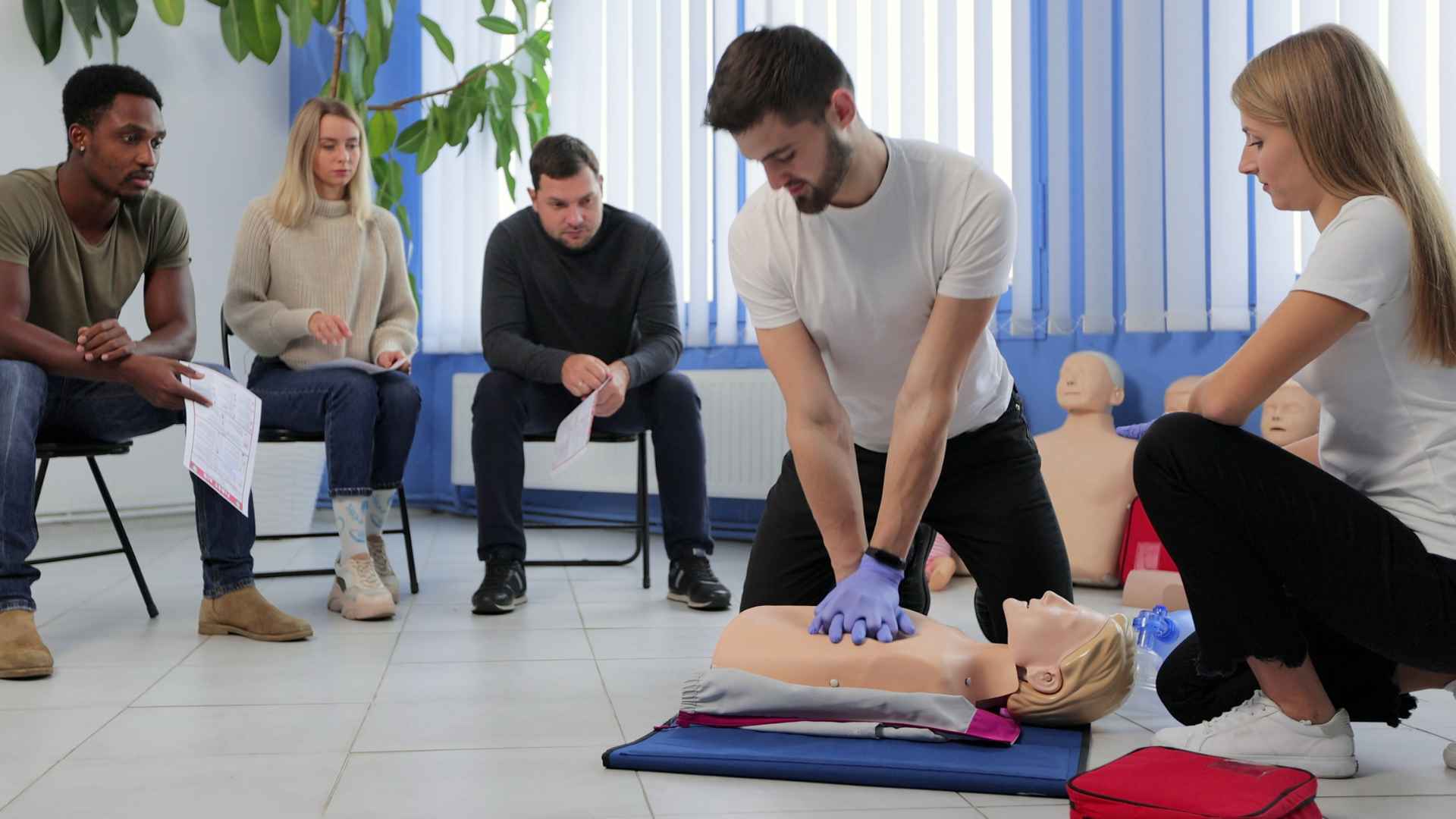More than 300 thousand people die because of cardiac arrest every year. The risk of heart diseases is higher in senior citizens. 70% of adults above the age of 60 have some kind of cardiac problem. There are different types of health issues that can be the cause of cardiac arrest. There are also other social factors that can lead to this situation of life or death. If people are properly trained, knowing CPR can help save lives. Trained individuals would be ready to take immediate action when required. Coast2coast First Aid & Aquatics offers all the necessary First Aid & CPR Courses in Toronto. Here are some reasons why knowing CPR can be helpful.
CPR can help save lives
A person’s brain and organs can die within minutes when the cardiac arrest occurs. Once the heart stops pumping the blood, brain death will only take 4 to 6 minutes. Taking quick action, performing CPR on the person suffering from cardiac arrest can help to pump blood in the body. It might take professionals sometime to arrive at the scene. If you will perform CPR immediately, organs of the body including brain will get oxygen and so survival, chances will increase. The chances of survival will be doubled if you will perform CPR within 2 minutes of cardiac arrest.
CPR training is beneficial for everyone
More than 90% of the people who die every year due to cardiac arrest do not get immediate help. We at our Toronto First Aid & CPR training facility help you learn all the right skills. The survival chances could be improved if everyone knew how to perform CPR. Even in the younger individuals risk of cardiac arrest has increased because of a sedentary lifestyle and poor dietary habits. People of all age groups should have complete CPR training.
Your family or friends may need it
While getting CPR training you might be thinking about how you can help a stranger. However, someone in your family or workplace can be saved from sudden cardiac arrest because you performed CPR immediately. In 70% of cases, cardiac arrest happens at and people often do not get the chance to reach the hospital. You will be grateful for the skills that you have if the need arises. It will allow you to save the life of someone you love. In the case, you have taken a First Aid & CPR Course before, you could Recertify at one of our Downtown Toronto First Aid and CPR Recertification courses.
It can happen to anyone
Most of the time cardiac arrest do not happen to people who are suffering from chronic heart or health condition. Traumatic accidents, choking, electric shock and drowning can be the cause of cardiac arrest. When taking one of our First Aid & CPR courses in downtown Toronto, you will be aware of all the situation where you need to be alert. There are some health conditions that can lead to cardiac arrest like.
1. Infections
2. Heart disease
3. Diabetes
4. Allergic reactions
5. Sudden cardiac arrest because of stress or depression.
Do not shy away
You might not feel confident when someone needs CPR. When you take your CPR training at Coast2coast First Aid & Aquatics your confidence level will increase and that will help you to make the right decision and save someone’s life.
Get Trained in Toronto!
Join our First Aid Training in Toronto and equip yourself with vital skills to handle emergencies confidently. Our expert instructors provide hands-on training to prepare you for real-life situations.





